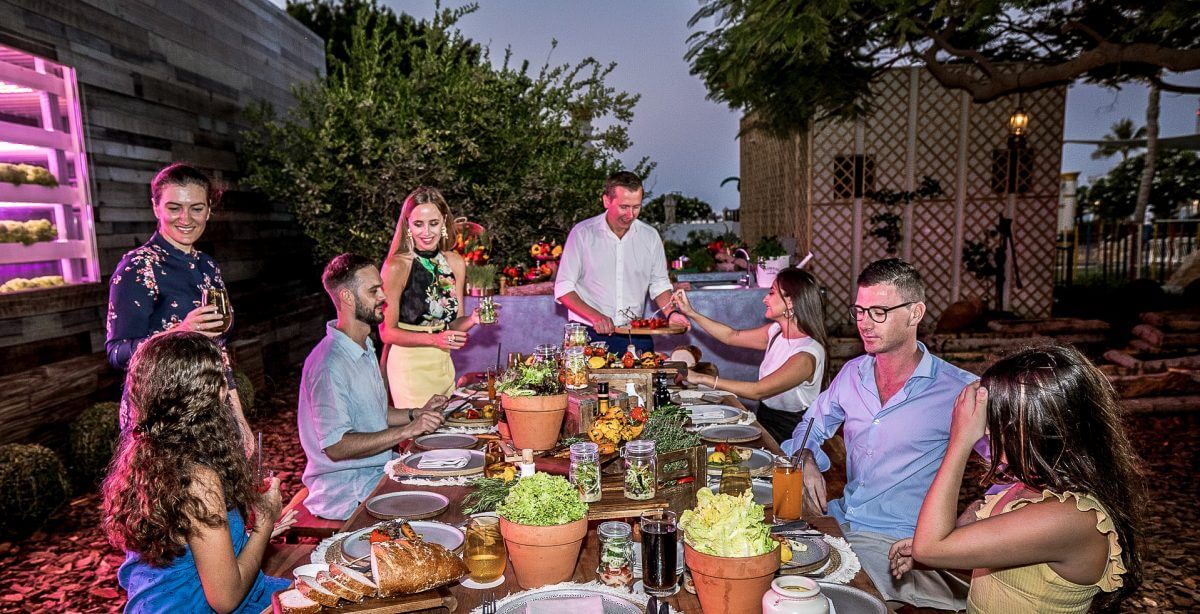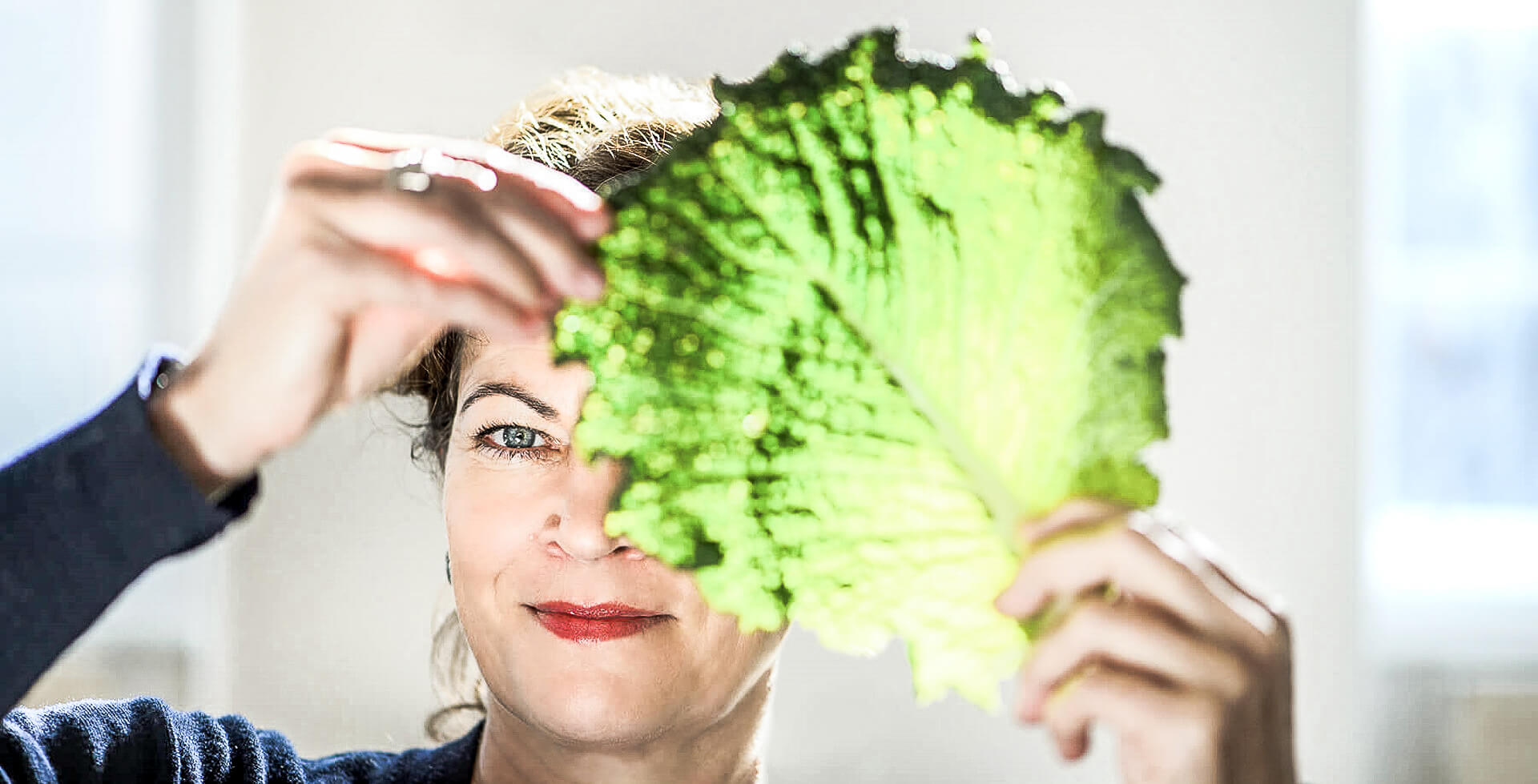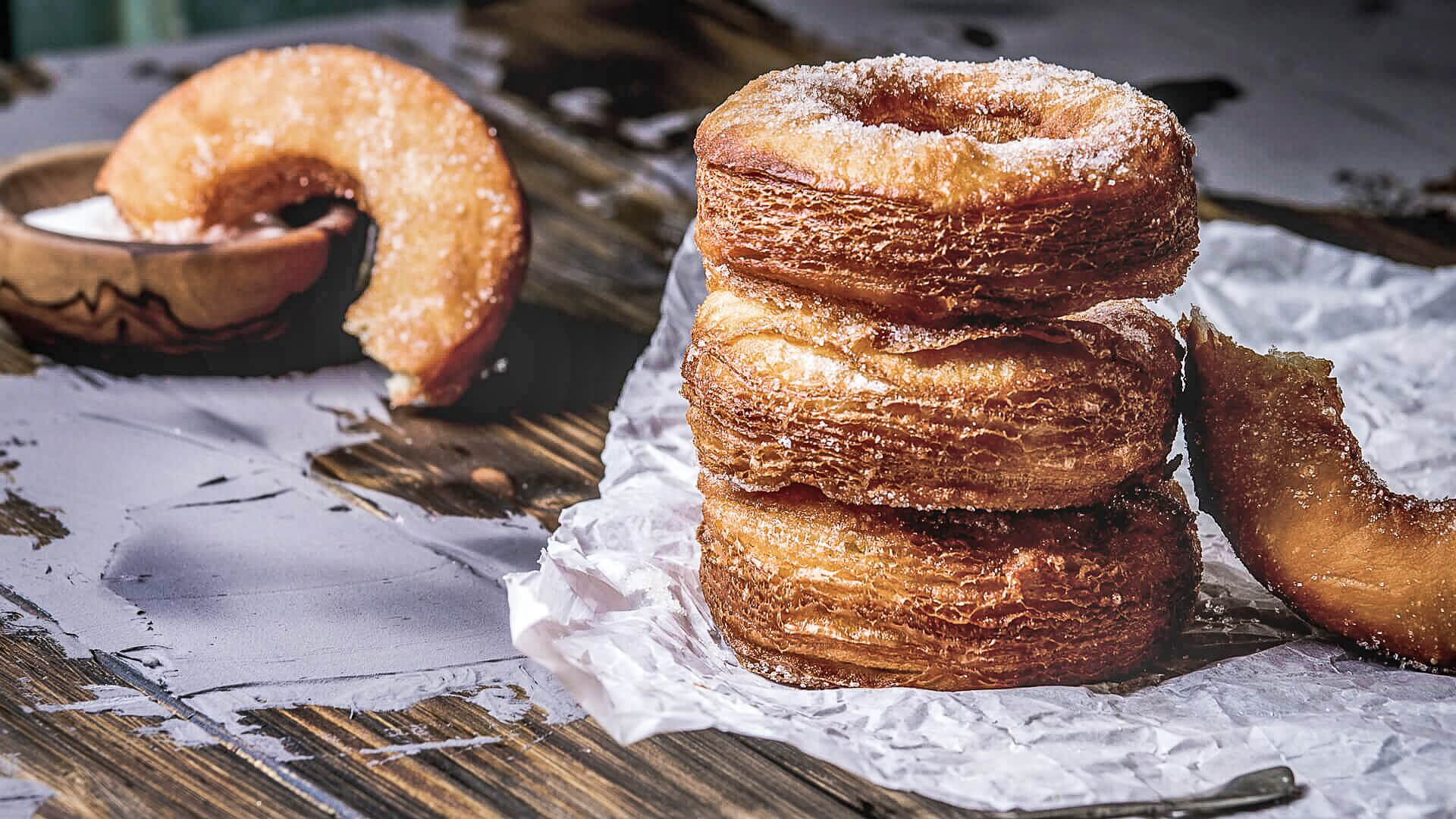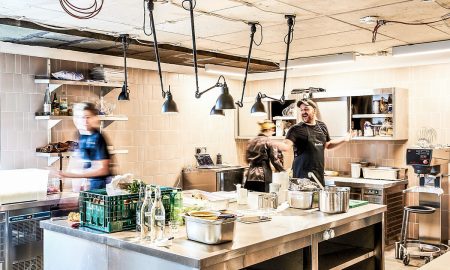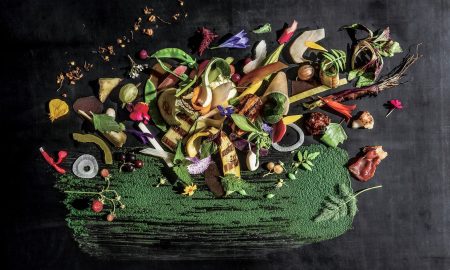Your own honey at the breakfast buffet or a homemade lavender drink – guests love the hyper-regional, that is, ingredients sourced directly from your windowsill and backyard garden. Garden designer Lisa Reck-Burneo, who has worked at New York’s Brooklyn Botanical Garden and co-founded the City Farm Schönbrunn in Vienna, is confident anyone can offer this in one form or another.
Farm to Table: Garden herbs to start with
To start: A window sill and several garden herbs. “Some of them are evergreen or bloom beautifully,” says Reck-Burneo.
Sieh dir diesen Beitrag auf Instagram an
The next expansion stage: Plant containers in front of the restaurant or business location. This is where things get a bit more challenging. “The containers have to be the right size. Many people opt for models that are far too small. The more soil or substrate, the better.” The woman from Vienna also finds pseudo-terracotta containers made of plastic really terrible, especially when they are placed in the guest garden of a high-priced restaurant, for example. “Many do not bother with planting until spring, which is actually too late, especially when it comes to custom-made products, which you often need. For example, when it comes to walkways. There has to be a certain width available.” So it’s better to start planning in winter. You heard it here.
Decorative and delicious – home-grown herbs and grasses
When it comes to varieties, you can be creative and surprise guests and customers. Yes, oregano blooms beautifully and is easy to care for, but so is mushroom herb. “A combination is always pretty, such as herbs and grasses,” says the entrepreneur, who recently created just such an ensemble for the Sonnentor store in Vienna. Among other things, Reck-Burneo placed Echinacea in the ensemble, which definitely suits the herb and spice expert Sonnentor.
So, how can you keep the whole thing from becoming a public ashtray? “In my experience, it helps if you put abundant plants in the containers. For example, if you plant a solitary tree, be sure to include low-growing grasses. This simply makes it less tempting to put out cigarettes.”

Image: Melanie Nedeko
Hydroponics – the expert concept
And what does the plant expert think of concepts like Good Bankin Berlin, where they grow the lettuce for their own dishes by means of vertical farming? “If it’s as pronounced as in this concept – and then just for lettuce – then yes, that’s okay. But you have to bear in mind that these hydroponic systems, as they are called, are prone to errors.” In any case, the interest in such solutions is growing, both in the private sector and in gastronomy. But back to lettuce – it seems to be a real all-rounder. “You can even pick Asian lettuces in the middle of a cold winter in Austria, Switzerland or Germany,” says Reck-Burneo with a laugh. The Good Bank concept seems to be a sure bet for success. At quite a few locations (Berlin), the lettuce is grown as the main ingredient of the dishes using vertical farming. So much freshness and closeness in the big city – that’s impressive.
International Farm to Table concepts – how others do it
- Wynyard Hall: A traditional English country house mansion that is extremely popular as a wedding venue. In the Glass House restaurant you can indulge in the plot-to-table concept and dine in the middle of the kitchen garden. The ingredients are grown in-house or sourced from local producers.
- Jumeirah: An open-air kitchen in country-house style – located in Dubai no less. Lettuce, leafy vegetables and herbs in the Arcadia come from their own hydroponic cultivation and are often combined with grilled food. According to its creators, the hydroponic system uses 90 percent less water than conventional cultivation and is, of course, not dependent on weather conditions.
- Steirereck: Pogusch PPAG architects have planned two greenhouses on a hillside for the Reitbauer family. One is unheated, one is warm. The wonderful – and edible – variety of plants can also be admired during an overnight stay. Includes a tea bar with herbs from their own cultivation.
Sieh dir diesen Beitrag auf Instagram an
Every restaurateur can use Farm to Table
Herbs and plants can be used in many ways. From practice, Lisa Reck-Burneo knows that everyone can plant a few varieties themselves. This allows you to use lavender for lemonade, for example. Nothing new in itself, but the combination of looks and utility is still compelling.
An ornamental leek for salads is also doable and very delicious. However, it requires a sunny location and don’t let dogs come near it – ornamental leek is poisonous for them.
More herb ideas for home cultivation
There’s something for everyone. After all, beyond the typical garden herbs, there are many others that are interesting for the gastronomy, both visually and in culinary terms. Get inspired by the garden designer’s recommendations. The recommendations listed here (in alphabetical order) tend to be more suitable for garden cultivation:
- Borretsch
- Rock pear
- Nasturtium
- Lavender
- Mexican feathergrass
- Mexican mini cucumbers (e.g., as a tendril plant in a pergola)
- Mushroom herb
- Rhubarb
- Marigolds
- Chive garlic
- Star ball leek
- Sweet peas (for fragrance – not edible)
- Ornamental leek


